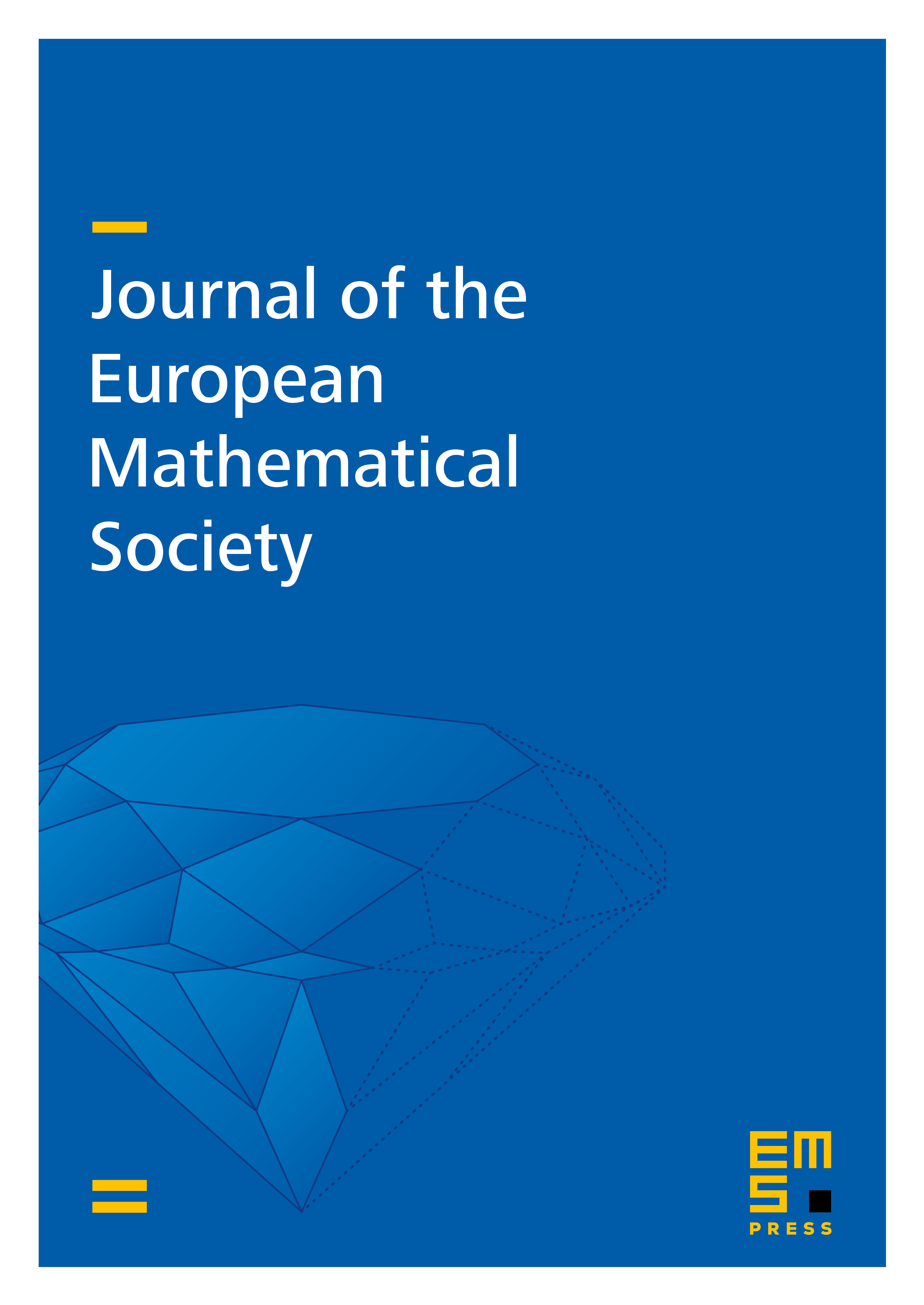Fine properties of the optimal Skorokhod embedding problem
Mathias Beiglböck
University of Vienna, AustriaMarcel Nutz
Columbia University, New York, USAFlorian Stebegg
Columbia University, New York, USA

Abstract
We study the problem of stopping a Brownian motion at a given distribution while optimizing a reward function that depends on the (possibly randomized) stopping time and the Brownian motion. Our first result establishes that the set of stopping times embedding is weakly dense in the set of randomized embeddings. In particular, the optimal Skorokhod embedding problem over has the same value as the relaxed one over when the reward function is semicontinuous, which parallels a fundamental result about Monge maps and Kantorovich couplings in optimal transport. A second part studies the dual optimization in the sense of linear programming. While existence of a dual solution failed in previous formulations, we introduce a relaxation of the dual problem that exploits a novel compactness property and yields existence of solutions as well as absence of a duality gap, even for irregular reward functions. This leads to a monotonicity principle which complements the key theorem of Beiglböck, Cox and Huesmann [Optimal transport and Skorokhod embedding, Invent. Math. 208, 327–400 (2017)]. We show that these results can be applied to characterize the geometry of optimal embeddings through a variational condition.
Cite this article
Mathias Beiglböck, Marcel Nutz, Florian Stebegg, Fine properties of the optimal Skorokhod embedding problem. J. Eur. Math. Soc. 24 (2022), no. 4, pp. 1389–1429
DOI 10.4171/JEMS/1122